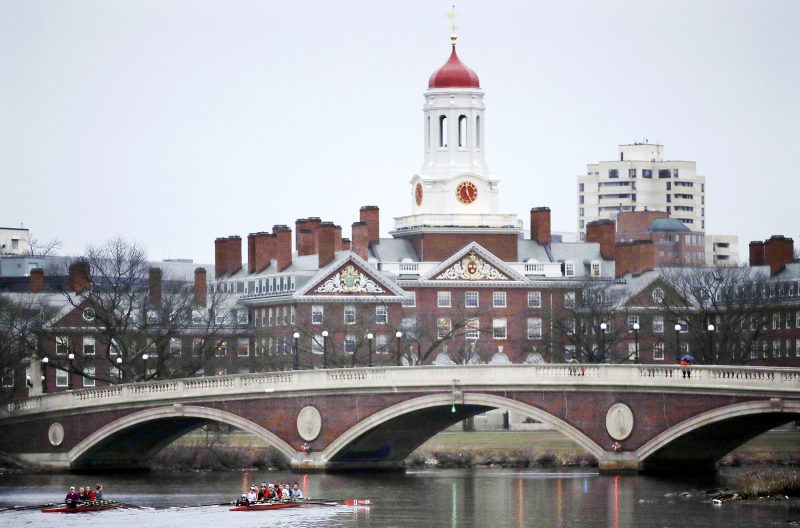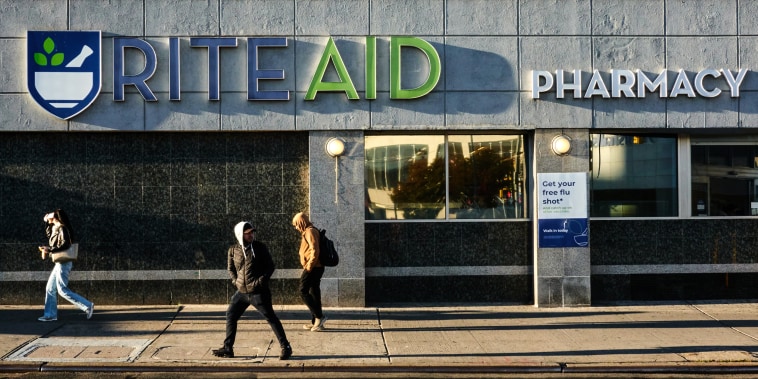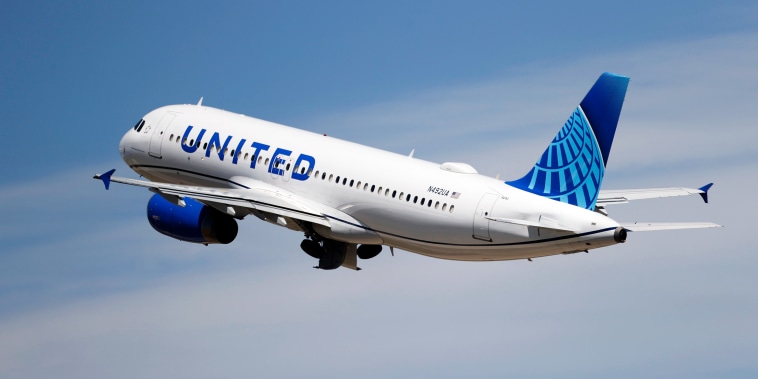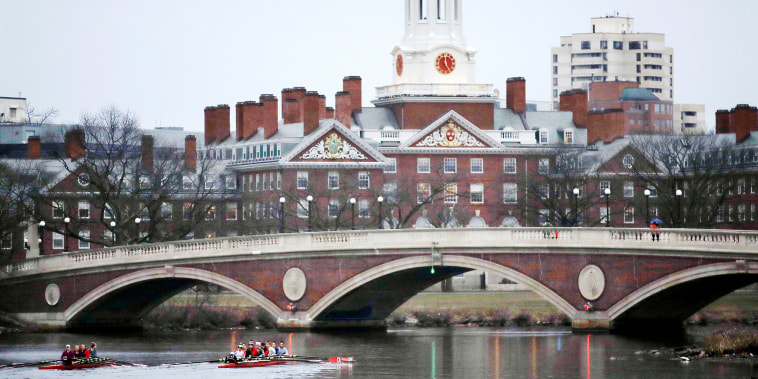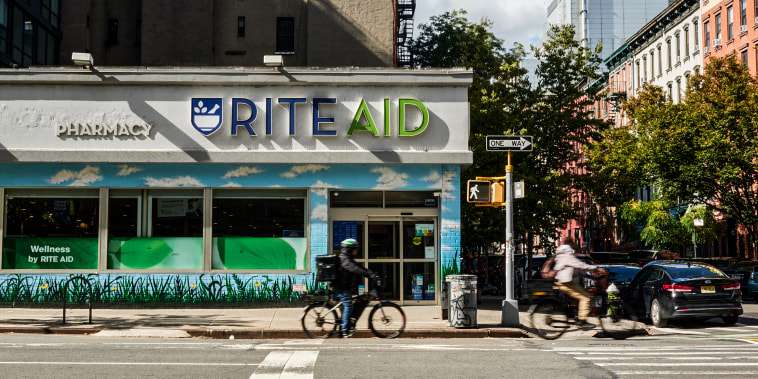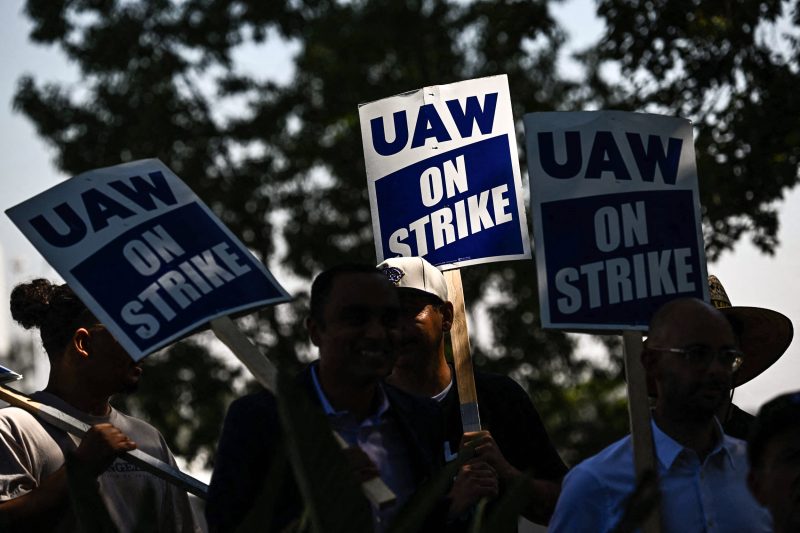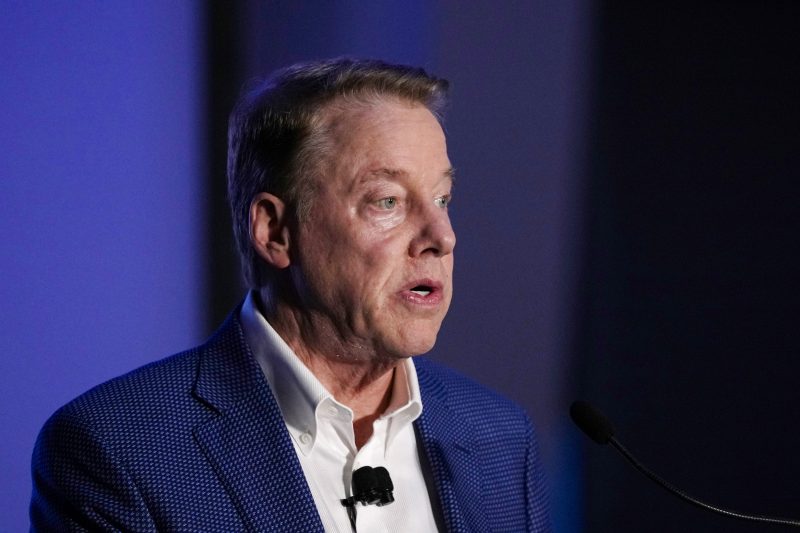
DEARBORN, Mich. — Ford Motor Executive Chair Bill Ford on Monday warned that an ongoing strike by the United Auto Workers threatens the future livelihood of the company as well as the American automotive industry.
Ford, who has been a part of UAW negotiations since 1982, pleaded with union members and leaders to work with the company, instead of against it, to reach a tentative deal to “end to this acrimonious round of talks.”
Such comments by the great-grandson of company founder Henry Ford are uncharacteristic during contract talks with the UAW.
“We are at a crossroads,” Ford said during a news conference at the company’s massive Rouge Complex in metro Detroit. “Choosing the right path is not just about Ford’s future and our ability to compete. This is about the future of the American automobile industry.”
Ford, ahead of speaking on stage, told reporters he wanted to “elevate” the conversation about the contract negotiations. Ford said he didn’t want to get personal in his remarks because “it doesn’t matter” at this point.
“The UAW’s leaders have called us the enemy in these negotiations. But I will never consider our employees as enemies. This should not be Ford versus the UAW,” Ford said. “It should be Ford and the UAW vs. Toyota and Honda, Tesla, and all the Chinese companies that want to enter our home.”
UAW President Shawn Fain countered Ford’s plea by ratcheting up the pressure.
“Bill Ford knows exactly how to settle this strike. Instead of threatening to close the Rouge, he should call up [Ford CEO] Jim Farley, tell him to stop playing games and get a deal done, or we’ll close the Rouge for him,” he said in a statement. “It’s not the UAW and Ford against foreign automakers. It’s autoworkers everywhere against corporate greed. If Ford wants to be the all-American auto company, they can pay all-American wages and benefits. Workers at Tesla, Toyota, Honda, and others are not the enemy — they’re the UAW members of the future.”
Ford did not threaten to close the Rouge Complex in his remarks. He did mention if American carmakers such as Ford lose to the competition, then jobs, future investments and “factories like the one we are in today” will be lost.
Ford’s remarks come after a week of contentious talks between the company and the UAW, including the union unexpectedly announcing a strike Wednesday night at the company’s highly profitable Kentucky Truck Plant.
More than 19,000 of Ford’s 57,000 UAW members are currently impacted by the strike, including more than 16,600 striking workers. Another roughly 2,480 employees have been laid off as a result of the work stoppage.
Ford last week said it was “at the limit” of what it can offer the UAW in terms of economic concessions.
The company’s most recent proposal included 23% to 26% wage increases depending on classification; retention of platinum health-care benefits; ratification bonuses; reinstatement of cost-of-living adjustments; and other benefits.
Overall, only about 34,000 U.S. autoworkers with the companies — or roughly 23% of UAW members covered by the expired contracts with the Detroit automakers — are currently on strike.
The UAW has been gradually increasing the strikes since the work stoppages began after the sides failed to reach tentative agreements by Sept 14.
Fain last week said the union has entered a “new phase” of the targeted strikes in which it would no longer pre-announce the work stoppages, as it had been.
Fain has said it’s ultimately up to the members to decide when the strike ends, not UAW leadership.
How are workers responding?
Opinions of the strike and current contract proposals varied on picket lines Monday outside Ford’s nearby Michigan Assembly Plant, which was the first of three facilities to go on strike last month.
“I trust Shawn Fain,” said Latosha Smith, a four-year worker at the plant. “All the steps he’s taken, it’s for the cause.”
Tamika Genus, a worker at the plant for roughly five years, said of course she’d like it to come to a resolution, but “it’s worth it.” She later added, “We’re doing what we’ve got to do.”
Jeff Nichol, a body shop worker at the plant who was laid off due to the strike, said he wishes that the sides “would come to a conclusion a lot sooner than later.” He also would like union leaders to be more transparent regarding exact details of the company’s proposals.
Nichol, who’s been autoworker for over 11 years, said he knows it’s an “unpopular opinion,” but he’d support Ford’s current proposal, including a 23% wage increase.
“What I’ve been getting is good enough, so any little bit of extra does help, especially with the current economy,” he said. “The way I look at it, too, is the amount of time that we’re off, that also plays into how long it’s going to take for us to make a difference for the amount of money that we lose every single week.”
Ford said Friday employees who have been on strike since Sept. 15 have on average lost about $4,000 in pretax income through four weeks of the strike.
More from CNBC:
General Motors reaches deal with Canadian autoworkers hours after union initiates strikesLucid shares fall after third-quarter EV deliveries disappointDOJ sues eBay for selling ‘rolling coal’ devices; fines could hit $2 billion
This post appeared first on NBC NEWS




